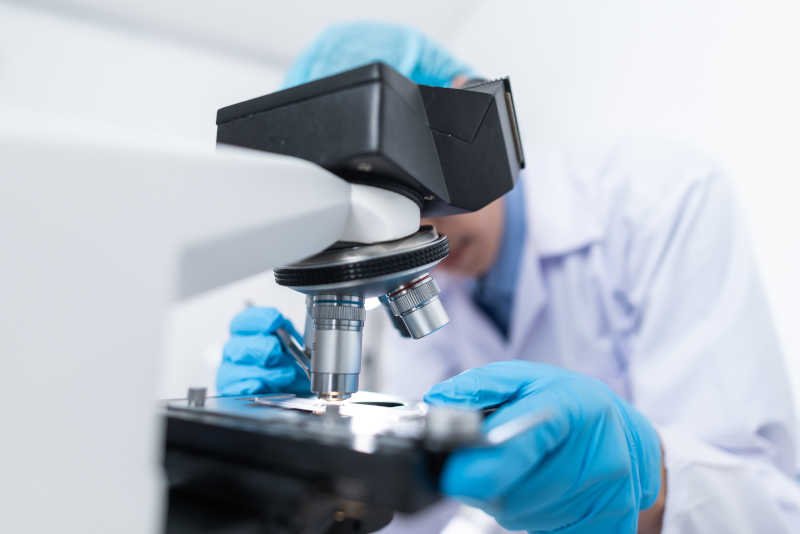
- 7 lessons
- 1 quizzes
- 7 week duration
Module 6
Purification of virus and components:
Ultracentrifugation:
The viruses are typically filtered with the help of ultracentrifugation. The machine is capable of rotating the samples at 20,000-100,000 rpm under the density gradient of CsCl2/sucrose. Density at which viruses neither decline nor float, when suspended in a density gradient, is known as buoyant density. The rate at which viral particles sediment under characterized gravitational force is called a sedimentation coefficient. The basic/essential unit is the Svedberg (S) which is 10 -13 sec. The S value of a virus is utilized to evaluate its molecular weight.
Types of sedimentation medium:
- Sucrose cushions or gradient
A fixed concentration or a linear gradient of sucrose is utilized. Expanding the density and viscosity of the medium declines the rate at which virus sediments through them. In general, a “cushion” of sucrose is prepared at the bottom of the centrifuge tube and the sample including the virus is coated over the cushion. Because most viruses have greater densities than sucrose, Partition depends on S values. This strategy can be utilized to separate molecules with generally close S values. Sometimes the glycerol is also used in place of sucrose.
- CsCl2 gradient centrifugation-
A linear gradient of CsCl 2 in the buffer is assembled in the ultracentrifuge tube. As the concentration of the CsCl 2 is expanded the density of the medium increases in the tube so that density is low at the top and high at the bottom. Viral particle centrifuged through this medium will form a band at a position equivalent to their buoyant density. These are helpful to isolate viruses of different densities. The limitation of this technique is that CsCl 2 can permanently inactivate some viruses.
Other techniques for separation:
Viruses can likewise be isolated by electrophoresis and column chromatography, yet these are not the preferred method to separate viruses while in some cases they are utilized to separate viral nucleic acids or proteins. Both strategies isolate the virus based on charge and size. The virus contains variously charged macromolecule on its surface which provides to its electrophoretic mobility or ion-exchange characteristics. Viruses are sometimes ligated with the charged group to be isolated by ion-exchange chromatography. Molecular size chromatography can likewise be utilized to purify the viruses where enormous pores are formed with the help of special agarose through which virus particles can enter.
The purity of viruses:
Numerous strategies are utilized to assess the purity of the virus. The ratio of UV absorption at 260 and 280 nm during a spectrophotometric analysis (260/280) is a key feature to measure the purity of a virus sample and is dependent on the amount of nucleic acid and protein present in the virion. Serological techniques such as radioimmune precipitation assay (RIPA), enzyme-linked immunosorbent assay (ELISA), western blot, complement fixation, and virus neutralization test (VNT) are likewise used to check the purity of a virus sample. These strategies require antibodies specific to viral proteins that might be monoclonal or polyclonal. Plaque assay is likewise performed in order to isolate the single colony from a pool of subspecies viruses.
